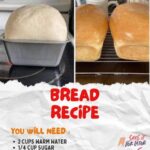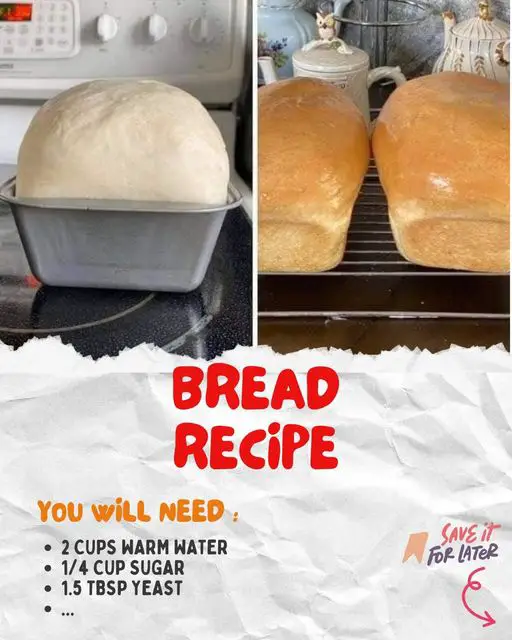There’s something undeniably magical about the process of bread making. From the simple combination of flour, yeast, water, and a touch of sugar and oil, emerges a staple that has been cherished across cultures and ages. The aroma of freshly baked bread is universally inviting, offering a sense of warmth and home. This article will guide you through the journey of making bread at home—from gathering the essential ingredients to pulling a golden loaf out of the oven.
Introduction to Bread Making
Why Make Bread at Home?
Making bread at home might seem like a daunting task reserved for the patient or the skilled, but it’s surprisingly simple and incredibly rewarding. The reasons to take up this wholesome activity are many. Firstly, the quality of homemade bread surpasses anything you can buy at a store. There’s complete control over the ingredients, allowing you to avoid preservatives and additives found in commercial breads.
Secondly, the act of making bread is therapeutic. The rhythmic nature of kneading dough is meditative, providing a unique blend of calm and satisfaction. Moreover, nothing compares to the pride of pulling your own perfectly browned loaf from the oven. The smell of freshly baked bread filling your home is just the icing on the cake—or better yet, the butter on your bread!
So, whether you’re looking to improve your culinary skills, control what goes into your food, or simply enjoy the pleasures of a handmade loaf, this guide will walk you through every step of the bread-making process. Let’s get our hands floury and our ovens preheated for a baking adventure that ends with the perfect slice of home.
Essential Ingredients for Bread Making
Key Ingredients and Their Roles
The path to a perfect loaf begins with understanding the essential components that go into bread. Here are the core ingredients you’ll need, along with their specific functions in the bread-making process:
- Flour: This is the backbone of your bread, providing structure and volume. While all-purpose flour works well for basic recipes, experimenting with different types like whole wheat or bread flour can enhance the texture and nutritional content.
- Yeast: A crucial ingredient, yeast is a living organism that causes the dough to rise by producing carbon dioxide during fermentation. Fast-action or instant yeast accelerates this process, making it more convenient for home bakers.
- Warm Water: The catalyst for activating yeast. The temperature of the water is pivotal; too hot, and you risk killing the yeast, too cold, and it won’t activate efficiently.
- Sugar: Acts as food for the yeast, helping it grow and produce gas that leavens the bread. It also enhances the golden color and crusty texture of the baked loaf.
- Salt: Adds flavor and regulates yeast activity, ensuring the bread doesn’t rise too quickly.
- Vegetable Oil: Helps soften the dough, contributing to the bread’s moistness and keeping it fresh longer.
By combining these ingredients in the right proportions, you set the stage for bread that’s not only delicious but also a joy to make. Let’s mix these components together and see the magic unfold in our kitchens.


